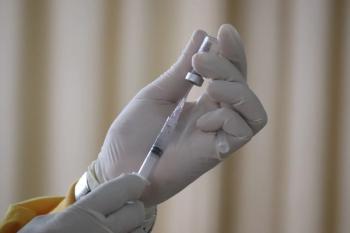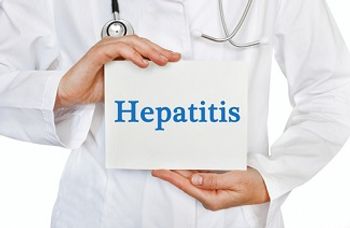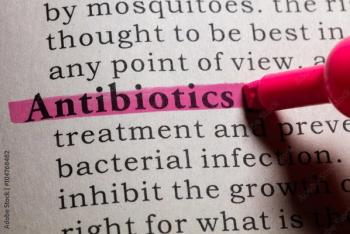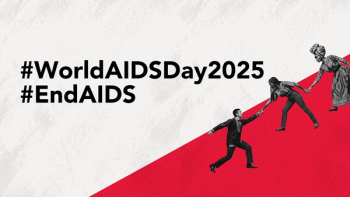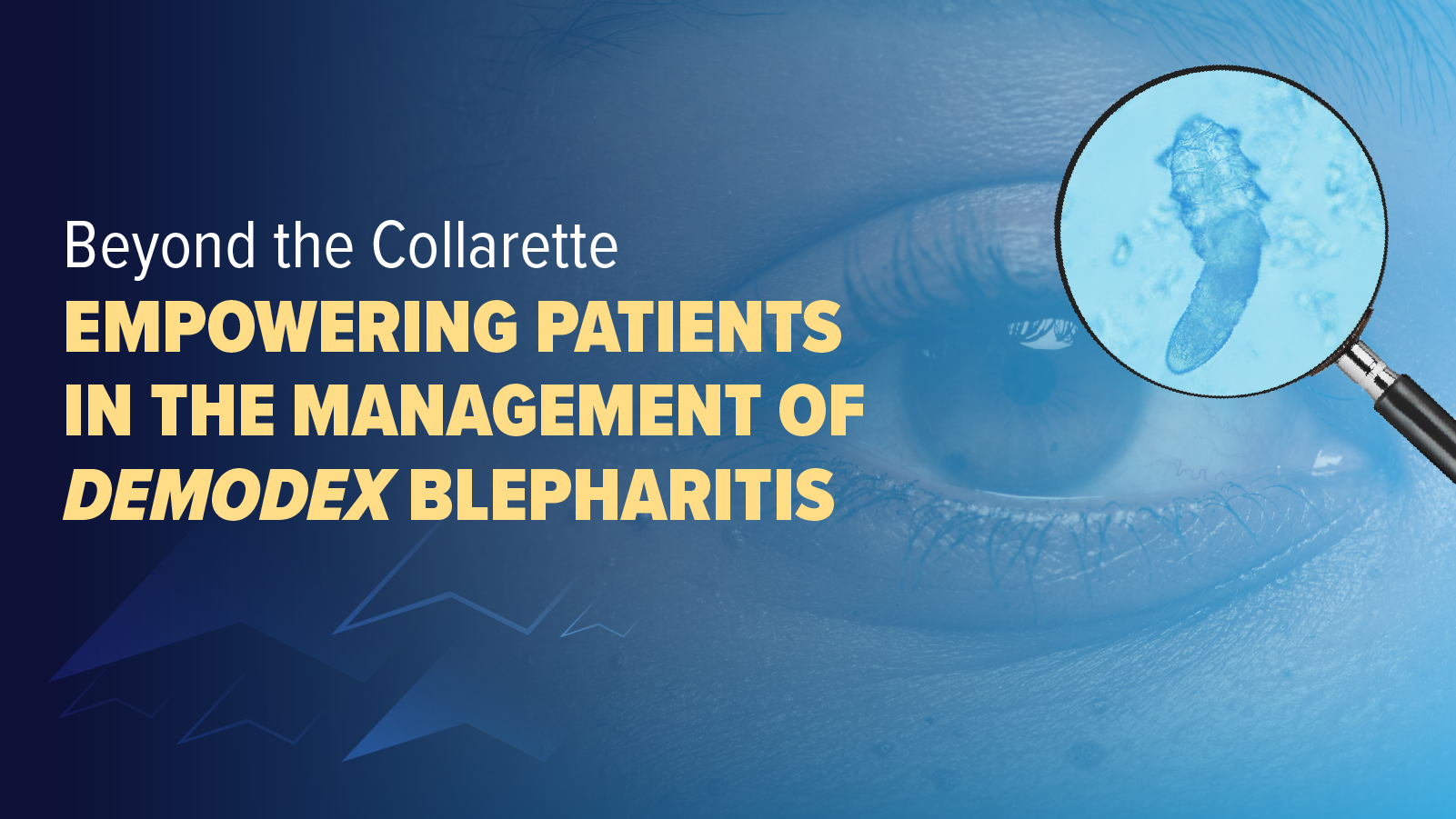
HCV Eradication in HIV Patients Reduces Immune Activation, HIV DNA
Eradication of HCV in patients with HIV results in reduction of CD4+ and CD8+ T cell immune activation.
In patients with HIV and a coinfection with hepatitis C virus (HCV), eradication of the HCV results in decreases in CD4+ and CD8+ T cell immune activation as well as significant reductions in proviral HIV DNA, plasma soluble CD14 (sCD14), D-dimers, and microbial translocation markers.
“Although there were not quantitative correlations between the decrease in proviral HIV DNA load and the expression of HLA-DR and CD38 on both CD4+ and CD8+ T cells, it might be hypothesized that both events might be related,” the researchers, led by Luis F. López-Cortés, MD, of the Ibis- Biomedicine Institute of Sevilla in Sevilla, Spain, reported. “Almost certainly, a large proportion of this benefit is due to the reduction in the level of immune activation, given its key role in driving HIV-1 disease and non—AIDS-defining events in this population.”
Patients with HIV and HCV who were being treated with antiretroviral treatment and who had maintained undetectable HIV RNA and achieved a sustained virologic response with interferon-free HCV therapy were enrolled (n = 97) in the
Additional biomarkers assessed at baseline, during, and after anti-HCV therapy included PD-1 and CD57 in CD4+ and CD8+ T cells, monocytes-macrophages activation, soluble markers of inflammation and microbial translocation, interleukin 6 (IL-6), lipopolysaccharide (LPS), high-sensitivity C-reactive protein (hsCRP), sCD14, and proviral HIV DNA levels in peripheral blood mononuclear cells (PBMCs).
Compared with baseline, there were significant reductions in HLA-DR and CD38 expression in CD4+ and CD8+ T cells at the end of treatment (2.4 [0.3-16.7] vs 0.5 [0.1-3.1], respectively) and 1 month after treatment (2.4 [0.3-16.7] vs 0.7 [0.1-3.0], respectively) (P <.001). Additionally, the investigators observed reductions in HIV DNA load from baseline to 1-month follow-up (3.16 copies/106 PBMCs [0.41-7.57] vs 2.27 copies/106 PBMCs [0.24-5.66], respectively; P <.001). Levels of D-dimers also decreased from baseline to follow-up (0.53 μg/mL [0.01-5.63] vs 0.15 μg/mL [0.01-4.80], respectively; P <.001) as did levels of sCD14 (4649 pg/mL [106-67010] vs 2769 pg/mL (12-42516); P <.001) and LPS (50.1 pg/mL [11.0-96.0] vs 44.2 [5.0-63.0]; P <.001).
There were no significant changes in PD-1 and CD57 expression in CD4+ T cells (PD-1: 1.9 [0.2-12.9] vs 2.0 [0.5-10.4], P =.478; CD57: 2.1 [0.1-19.1] vs 1.9 [0.1-16.4], P =.464) and CD8+ T cells (PD-1: 1.9 [0.6-11.9] vs 2.1 [0.1-12.4], P =.218; CD57: 11.6 [0.3-41.0] vs 12.5 [0.6-30.0], P =.843), IL-6 (6.34 pg/mL [2.46-53.16] vs 5.63 [2.35-27.48]; P =.573), or hsCRP (2.25 mg/L [1.85-8.25] vs 2.30 mg/L [1.75-7.85]; P =.611) from baseline to 1-month follow-up. In addition, the researchers found no increases in the CD4+ T-cell count or CD4+ T-cell count to the CD8+ T-cell count ratio following improvements in levels of proviral HIV DNA and immune activation and microbial translocation markers.
Considering the study had a follow-up of only 1 month after HCV treatment, the results may require replication in longer-term analyses to determine the longitudinal effects of HCV eradication in HIV patients.
According to the study authors, the findings support “the use of HCV treatment in all HIV/HCV-coinfected patients regardless of fibrosis stage, with the sole exception of decompensated cirrhosis.”
Newsletter
Stay ahead of emerging infectious disease threats with expert insights and breaking research. Subscribe now to get updates delivered straight to your inbox.

